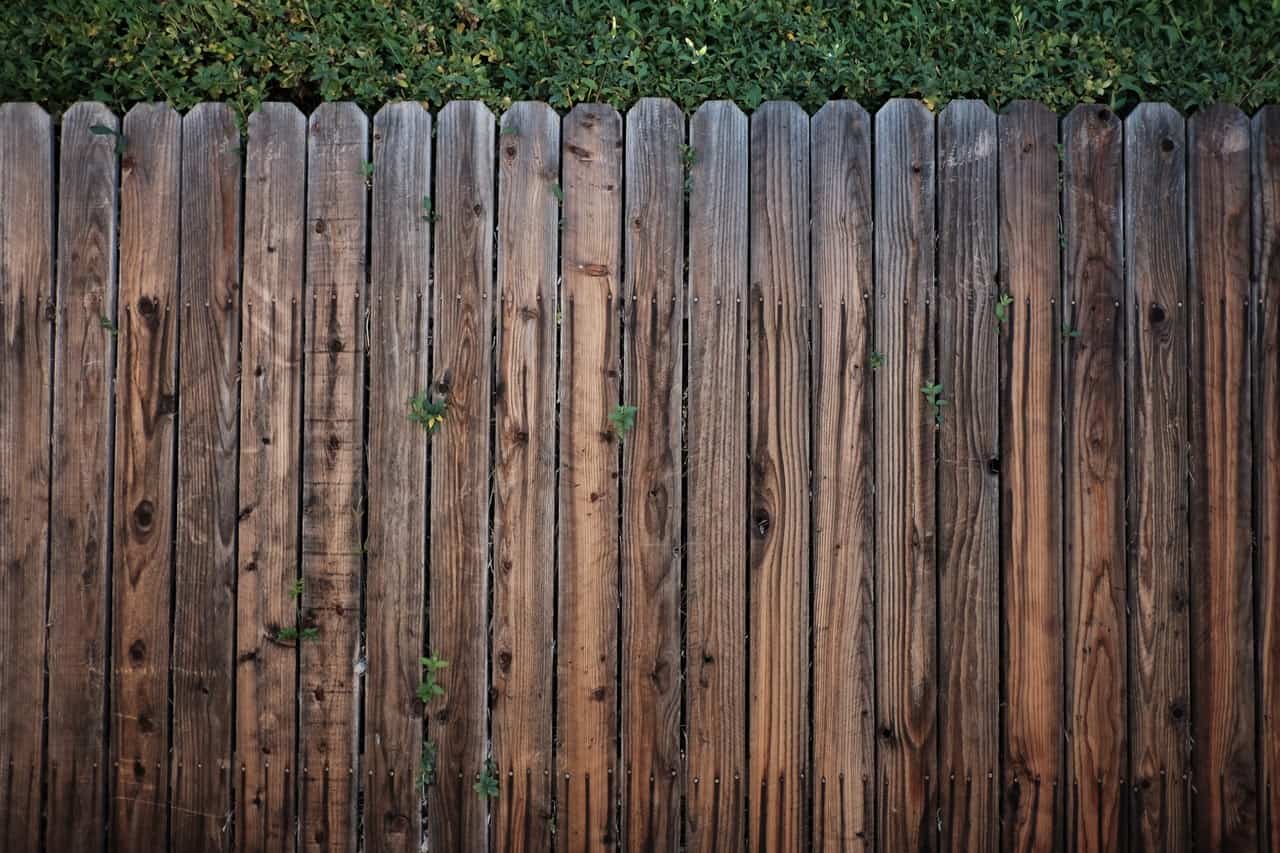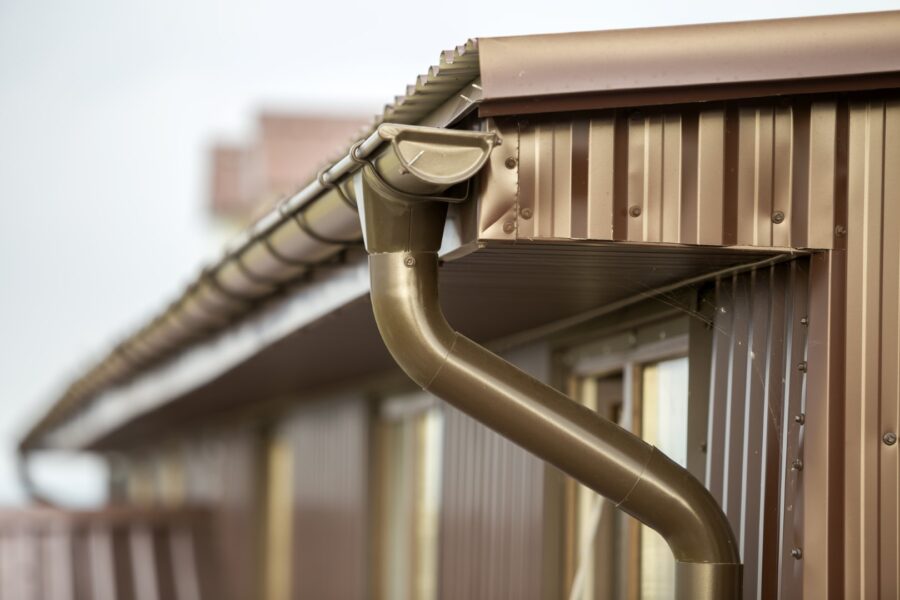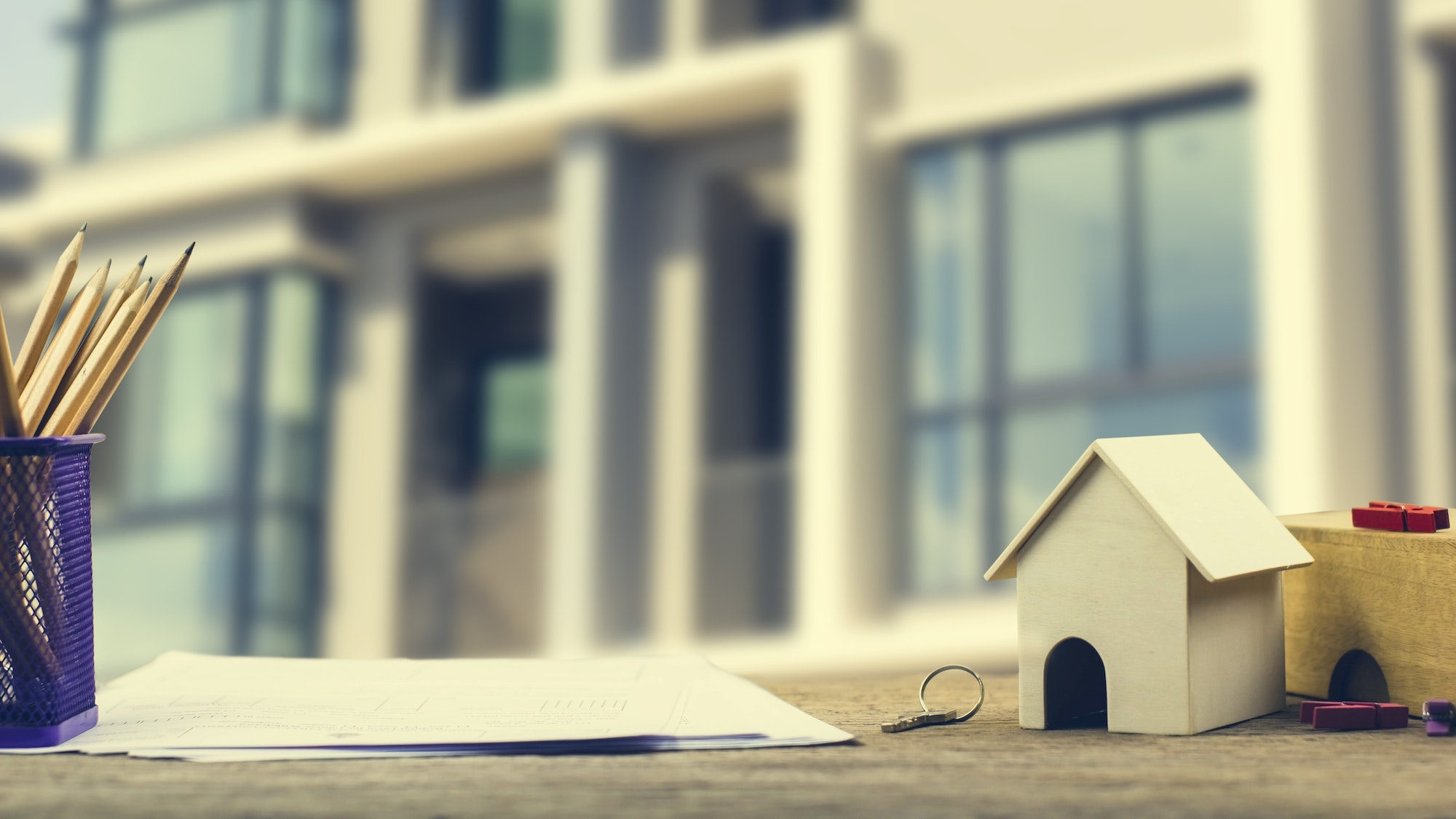The interior design industry combines art and functionality to transform spaces, making them meaningful, comfortable, and beautiful. It’s not just about making things look good but also about improving the quality of life for those who use these spaces. Interior designers must consider many factors, from space limitations to client preferences, while following design principles. As more people want personalized and unique spaces, understanding how interior designers create these environments is key to keeping the industry innovative.
This article details the thought processes, inspirations, and methods that interior designer Los Angeles professionals use to bring their ideas to life. We will look at how they find inspiration, turn abstract ideas into concrete plans, add detailed refinements, and handle practical implementation. By breaking down these steps, we aim to provide a better understanding of the design process, revealing the detailed steps that lead to stunning interiors.
The Initial Spark: Finding Inspiration
Interior designers get their ideas from many different sources, each as unique as the designers themselves. Nature provides a variety of colors, patterns, and textures that can inspire new ideas. Art, with its emotional depth and various styles, can spark creativity and boldness.
Architecture, whether old or new, offers a structural perspective that can influence how spaces are arranged. Personal experiences and memories also add layers of meaning and individuality to each project. By combining these diverse elements, interior designers create spaces that are not only beautiful but also deeply personal and evocative.
Conceptualization: Turning Ideas into Concepts
When inspiration hits, interior designers start turning their ideas into real concepts. They use tools like sketches, mood boards, and advanced digital software to bring their vision to life. Sketches help capture the basic idea on paper, while mood boards combine colors, textures, and images to create a unified visual theme.
Digital software allows for precise adjustments and flexibility. These tools help designers effectively turn their inspiration into workable concepts, setting the stage for the next steps in the design process.
Design Development: Refining the Vision
Design development is when initial ideas are refined into detailed and polished visions. This careful process involves selecting the best materials, colors, and textures to enhance the overall design. Detailed drawings and plans are created to guide the implementation precisely. Designers continually adjust and perfect their ideas, ensuring every element fits the vision.
The choices made during this stage significantly impact the final look and function of the space. This phase is important for blending creative ideas with practical considerations, adding depth and sophistication to the design. Additionally, designers often create 3D models or prototypes to visualize the final product, allowing for better adjustments and refinements.
Practicalities: Balancing Creativity with Functionality
In interior design, balancing creativity with functionality is essential. Designers often deal with budget limits, client needs, and space issues. They use different strategies to make sure the final design looks great and works well. This can include choosing affordable materials, using multifunctional furniture, and planning the space cleverly.
For example, incorporating hidden storage solutions or adaptable layouts can optimize limited space. By staying flexible and focused on solutions, designers blend their artistic ideas with practical needs. With careful attention to every detail, they create spaces that are both inspiring and useful, making everyday living more enjoyable.
Implementation: Bringing Designs to Life
The final step of the creative process is bringing the design to life. This stage involves detailed project management, smooth teamwork with contractors, and careful on-site supervision to ensure quality. Designers face many challenges, such as logistical delays, budget constraints, and unexpected on-site issues, but they handle these with problem-solving skills and flexibility.
Seeing their vision become a reality, whether it’s a building, an interior space, or a piece of art, brings a great sense of accomplishment. This phase is both rewarding and demanding, requiring careful planning and quick decision-making to ensure the final result matches the original design. The successes and challenges of this stage show the complexity and satisfaction of turning ideas into fully-realized spaces.
Interior design seamlessly blends creativity and practicality to create spaces that enhance both aesthetics and functionality. Through a process that begins with diverse inspirations and progresses into well-defined concepts, designers transform abstract ideas into reality. By refining these concepts and balancing creative vision with practical needs, they craft spaces that are both beautiful and functional. The implementation stage, although challenging, brings immense satisfaction as designs come to life, reflecting the original vision. This process highlights the complex and rewarding nature of interior design, where every step is key to achieving stunning, personalized environments.
Discover more from Futurist Architecture
Subscribe to get the latest posts sent to your email.



